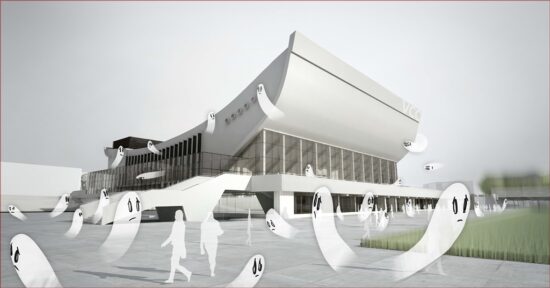OPINION | HUMAN RIGHTS | CHRISTIAN-JEWISH ISSUES | CEMETERIES & MASS GRAVES | OLD VILNA JEWISH CEMETERY AT PIRAMÓNT | OPPOSITION TO CONVENTION CENTER
◊

Is this what “Jewish cemetery restoration in Holocaust-stricken Europe” looks like? For details of the results here of new builds and refurbishments on Jewish cemeteries, click on the image. As the buildings on the cemetery were going up, there was a long parade of government (and builders’) assurances that the dignity of the cemetery would never be violated there. Photo by William Pahl for DefendingHistory.com
◊
by Dovid Katz
◊
On the 4th of May this year, Defending History published the official document issued by the Office of the Prime Minister of Lithuania announcing the members appointed to the latest commission (“Working Group”) on the fate of the Old Vilna Jewish Cemetery at Piramónt (in the historic Shnípishok district, today’s Šnipiškės district of modern Vilnius). In the accompanying Opinion piece, the DH community expressed the view that “Never before has a state commission been empaneled on such a ‘Water is wet’ question. Of course the capital’s last Soviet eyesore (and symbol of brutal foreign domination) should be demolished and the 500 year old Vilna Jewish Cemetery restored. […] The argument that it can’t be touched because its preservation status is sacred and immutable to the end of time is an insult to modern democratic Lithuania and all who hold her dear.”
Scarcely had the document become public, when local media reported that the Working Group would be deciding what to do with the Soviet ruin preserved, rather than providing for frank discussion on the actual issue: whether to rescind the preservation order (as has been done with other Soviet eyesores) and actually restore the cemetery. By the time of the first actual meeting of the Working Group (1 June), the government published a photo gallery, and then a statement in English, explaining candidly the purpose: “the Working Group has convened for its inaugural meeting to develop proposals and a concept for commemorating the old Jewish cemetery of Šnipiškės and establishing a memorial site within the current Vilnius Concert and Sports Palace.” Orwell would have loved this one: a commission to decide the fate of the cemetery not even allowed to consider removal of the huge Soviet dump in its center, but told that the cemetery will be commemorated within the (preserved, restored, refurbished) Soviet dump. As if a cemetery can be restored in a Soviet building whose removal is the sine qua non for said restoration (see the takes of Norwilla, Kulikauskas, and Katz.)
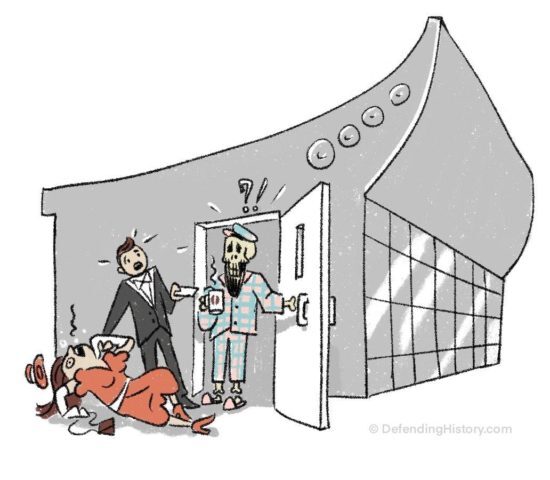
„אַ גוט מאָרגן, רבותי! ברוכים הבאים! קומט זשע אַרײַנעט אויף אונדזער ווילנער בית⸗עולם!“
◊
Unlike previous commissions and working groups, going back to the early years of this century, this one includes eminent independent scholars who have in the past stood up to desecration of this and other cemeteries. It includes Orthodox Jewish scholars who have nothing to do with the allegedly corrupt London-based CPJCE (which serves its Vilnius masters despite being banned from the city by the Conference of European Rabbis). Alas, some of these eminent scholars could not attend the first meeting because they were informed of it with exceptionally short notice.
The expectation of the souls of the tens of thousands of departed whose families bought their plots freehold, and of universalist human rights and religious Jewish forces today (on this occasion the two converge precisely) remains that the right of the dead to be left in peace will be honored, an underdiscussed chapter of human rights. But this view may well fail to win the day, given that a hefty proportion of appointed members have tainted histories on the subject of this very cemetery, e.g. the AJC/LJC club fueled by tens of millions in state restitution, the aforementioned CPJCE, and foreign academics who have long sold their souls for photo-ops, glories, publications, junkets and assorted other variants of a mess of pottage (or a pot of lentils). For more on the American Jewish Committee’s sad misadventures in Lithuania, see this journal’s section on the subject.
Another first in the annals of abject absurdity?
Do builders, contractors, politicians, compromised rabbis and operatives really think that all of the Working Group can be duped into rubber-stamping plans for the world’s first and only “Jewish museum in a Soviet dump in the middle of an old Jewish cemetery”? A prelude to future commercialization, given Vilnius now has three Jewish museum buildings in town among the living (where museums belong)? When this is the only Soviet dump in the land “protected as a landmark”? Time to rescind that status, remove the eyesore, and restore the cemetery. As befits the 700 year history of Vilna.
But everyone makes mistakes. The highly talented people on the new commission (/working group) are all accomplished masters in their diverse fields. All have a splendid opportunity, of the kind that sometimes comes once in a decade or once in a lifetime, to just do the right thing. We all have the right to negotiate over many things in our blessed lives. But we have no right to be manipulated, howsoever artfully, into “compromises and concessions” when it comes to the rights of the dead to their cemetery space in eternal peace. Later on in this opinion piece, the reader can see images of the “commemoration of the dead in the Old Vilna Cemetery” desecrated by the Two Green Buildings (for which fancy Jewish academics were flown in back in 2007-2008 to make kosher building projects in the cemetery with all the assurances in the world of dignity for the departed). There can be no dignity in a cemetery by building (or restoring a dump that needs to come down) for the use of the living, who have all the space in the world to pursue their adventures and misadventures elsewhere. Outside cemeteries. In recent years, the human rights attaching to cemeteries (with special attention to Jewish cemeteries in the Holocaust territories of Europe where genocide precluded there being viable communities of local heirs able to protect their ancestors’ place of rest) have been explicitly protected by resolutions of the European Union and the United States Congress. Alas, sometimes with these human rights goals are thwarted by supposed cemetery ‘protectors’ who actually receive large sums for their imprimatur for building projects (whether from builders, entrepreneurs, contractors, politicians, or governments). Land is financially valuable, and land within major cities is financially more valuable.
“When all is said and done, what happens in the years ahead at the Old Vilna Jewish Cemetery will forever be recorded in the annals of Jewish history, as will the enablers brought to town on august commissions in the course of these years.”
Sure, it would be no surprise if, once again right out of Orwell, a commission (or working group) entasked with preserving a cemetery ends up trying to kosherize its desecration, this time via a restored Soviet eyesore, with toilets, sewers, electricity cables and gas pipes yet again crisscrossing the cemetery. It would then be up to a noble minority of members to issue for the ages a Minority Opinion, not only on the Soviet eyesore known as the Sports Palace, but, as made clear in the working group’s charter, the entire cemetery. Surely, in that event, the majority would not be offended by the issuance of the Minority Opinion. Or even better, in the spirit of the Biblical Balaam (Numbers 22-24), the entire commission can come together to just do the right thing, simply put, even when told by the conveners to do something else.
The end-of-year deadline announced on the government website is rapidly approaching. The Defending History community hopes that Prime Minister Ingrida Šimonytė will keep an open mind. As our readers know, Defending History led the way in engendering international praise for her courage and integrity (see here, here, and here) in cancelling, in August 2021, the “convention center in the cemetery” project that would have done Lithuania so much harm (the saga; the international voices; Ben Cohen’s summary).
◊
What About the ‘Two Green Buildings’?
Given that the Working Group’s stated mandate explicitly extends to the entire Old Jewish Cemetery, not just to the Soviet eyesore of a building, the august body will no doubt consider the fate of what has been known for a decade and a half or so as The Two Green Buildings that were completed in 2007-2008 despite pained protests from the Jewish world as well as human rights advocates for whom the rights of the deceased are part of human rights. In 2006, a valiant political attaché at the American Embassy invited interested folks to see exactly what was being done: the earth dug out (with all the bones and remains therein) for the foundations of the new mixed apartments-and-businesses complex was carted away in the darkness of night, all behind tall barriers to block public view, to a site that remains undisclosed to this day (surely the new commission will arrange at least for retrieval and dignified burial of those remains). And, let there be no doubt that all around the Two Green Buildings there were — and are — Jewish graves from a half-millennium of Jewish Vilna that are trampled every day by businesses, organizations and residents housed in the two buildings. This was confirmed by the scientific geophysical survey conducted by Geotech (of Israel) in partnership with a leading Lithuanian archaeologist in its 3 September 2008 press release, which includes the text:
In June 2008 the Lithuanian Geological Survey signed contracts with Geotec, a geophysical survey company, to conduct the geophysical survey of the cemetery, and with Arieh Klein to supervise the survey. The actual survey was carried out from June 25 – July 6, 2008.
On Sept. 3, 2008, the results of the geophysical survey were presented by Mr. Amit Ronen of Geotec to Mr. Mockevicius and his team at the Lithuanian Geological Survey. Arieh Klein also presented his summary report and conclusions at the same meeting.
The main results of the geophysical survey show graves at the correct alignment (north-west to south-east) and at the relevant depths, further south than any of the previous maps, including those of the Historical Institute. There are graves in the south-west corner, under the grass and the paved area directly to the east of the new King Mindaugas buildings [= “The Two Green Buildings”]. The geophysical survey also showed that there are graves in the south-eastern corner, east of the memorial, again in lines along the correct alignment and at the relevant depths.
One conclusion that arose from the geophysical survey is that the southern boundary of the cemetery runs along Olimpiečių St. This finding, when combined with the results of previous archaeological surveys (laying of pipes, etc.) strengthens the conclusion of the Experts Group from May 2007 that the King Mindaugas buildings were erected within the boundaries of the Šnipiškės Jewish cemetery.
(excerpt from the press release)
The final chilling sentence of this extract says it all. So what is happening now, at the end of 2023, at these two buildings whose foundation earth was carted away, bones and all, and which is to this day surrounded by rows of extant graves in the classic position of Jewish cemetery grave rows? Is it not a historic metaphor for what happens within old Jewish cemeteries in Holocaust-area Europe when desecrating buildings go up instead of coming down. The following photographs were recently taken by Defending History in the summer of 2023. Any ongoing minor changes for today’s date any beyond can easily be checked by members of the Working Group, media, and all are free to commission photos or videos of totally public sights on the street. None of these photos are from inside either of the two buildings.
Uses of the Jewish Cemetery in Building No. 1 (the larger left-hand building = Olimpiečių g. 1):
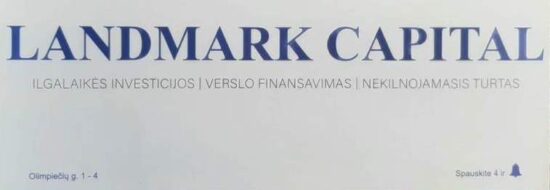
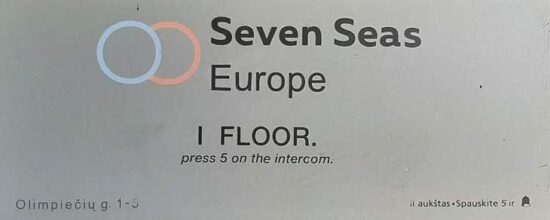
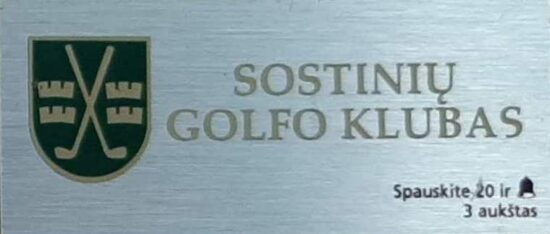
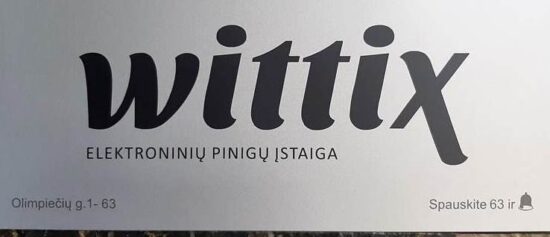
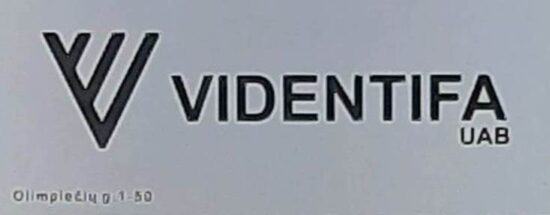



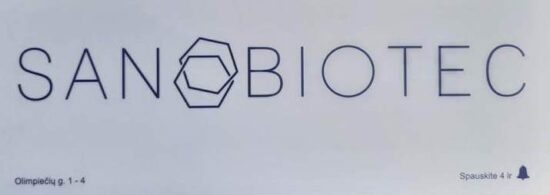

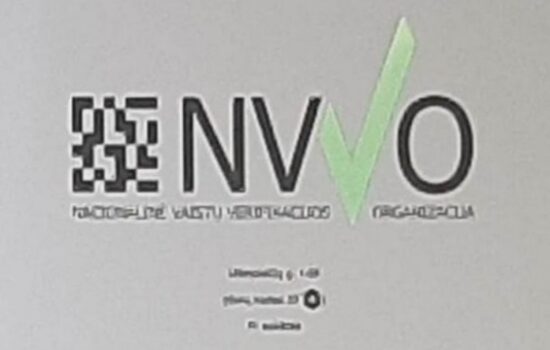
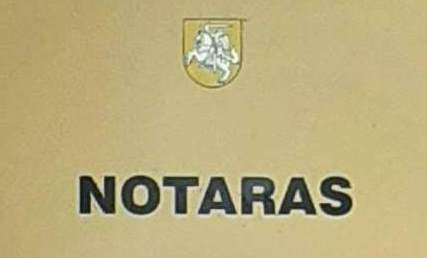



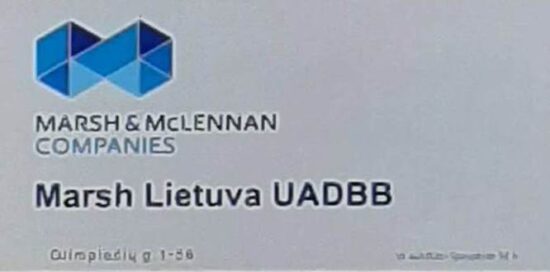
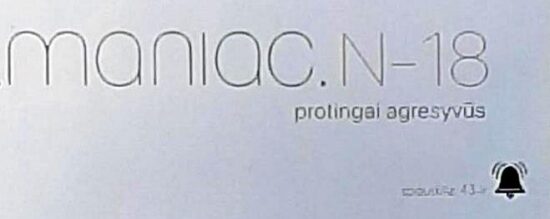

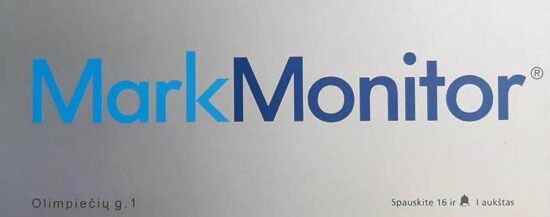



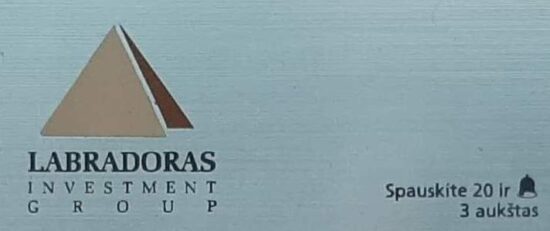




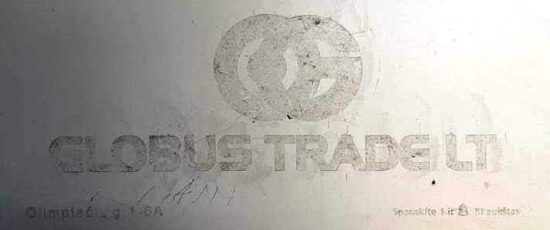
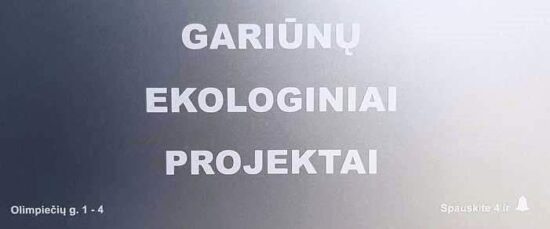
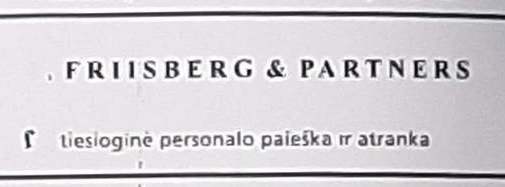
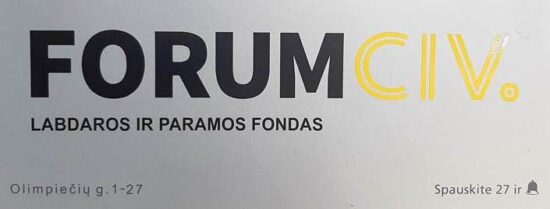
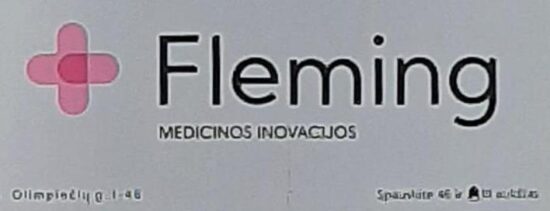
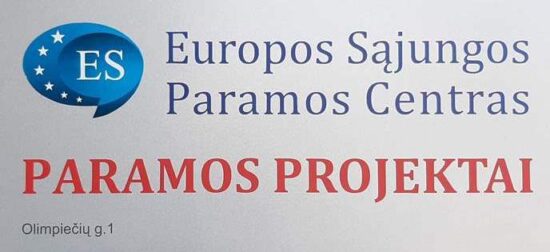

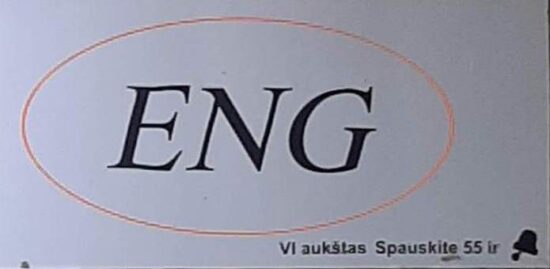

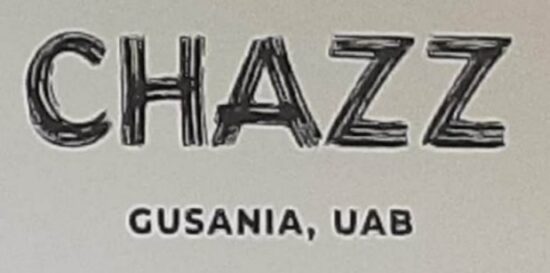
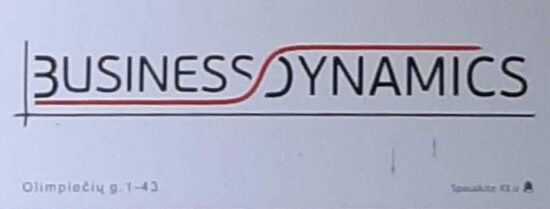
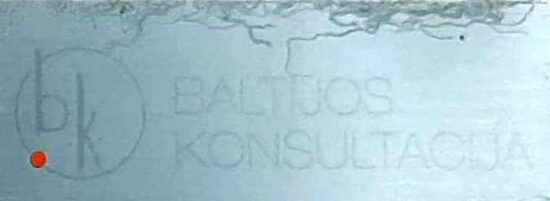

◊
Uses of the Jewish Cemetery in Building No. 2 (the smaller right-hand building = Olimpiečių g. 1A):

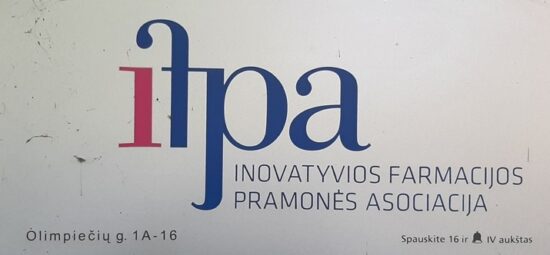

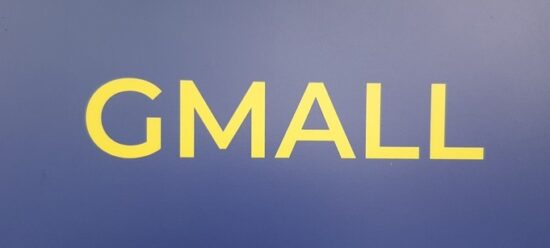
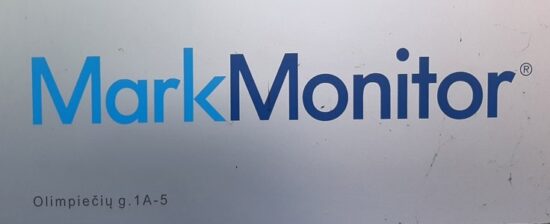
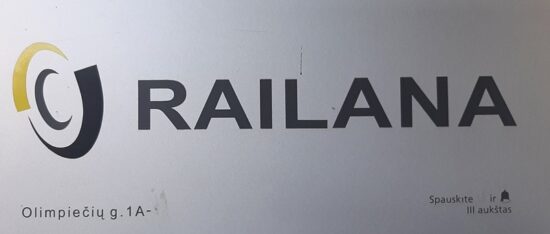
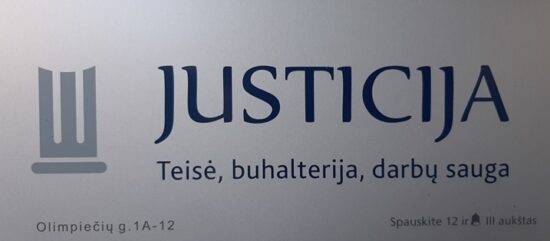

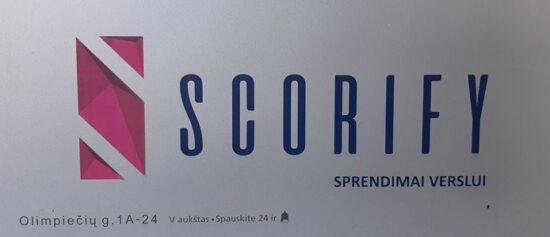
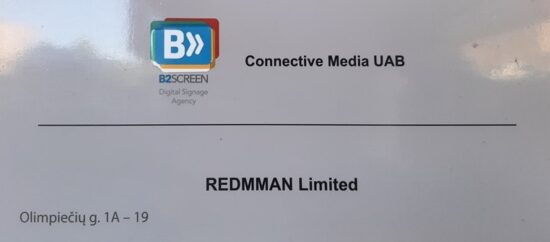

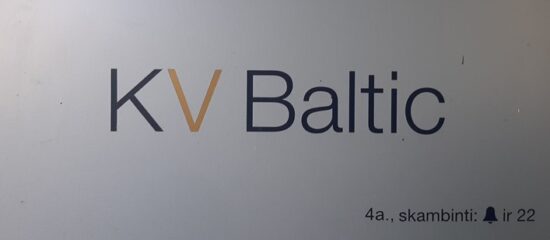
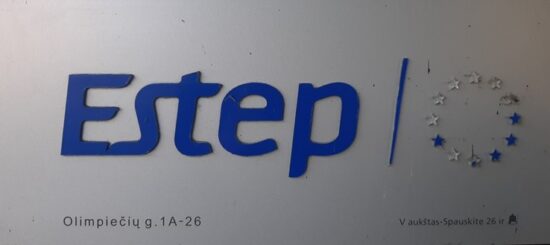
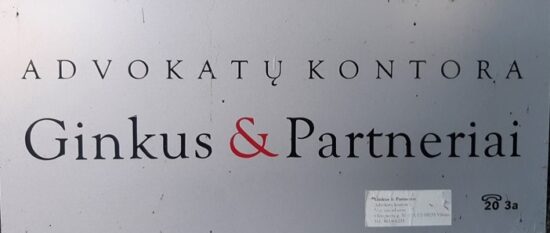
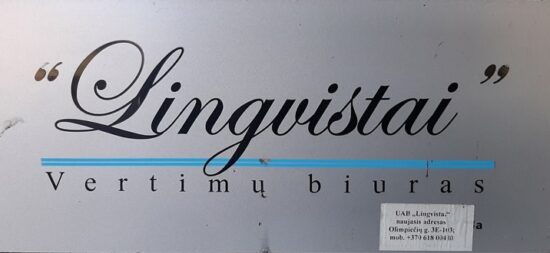
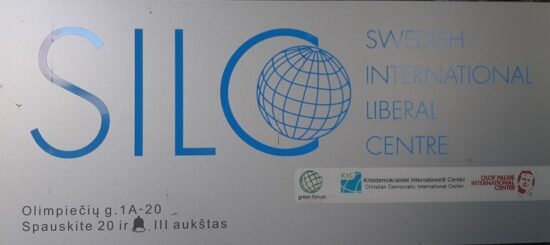
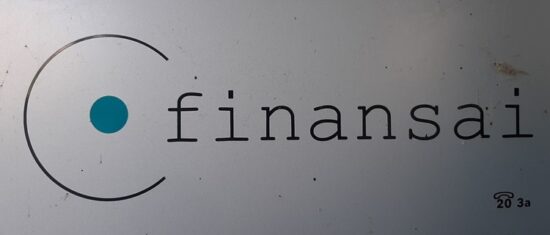

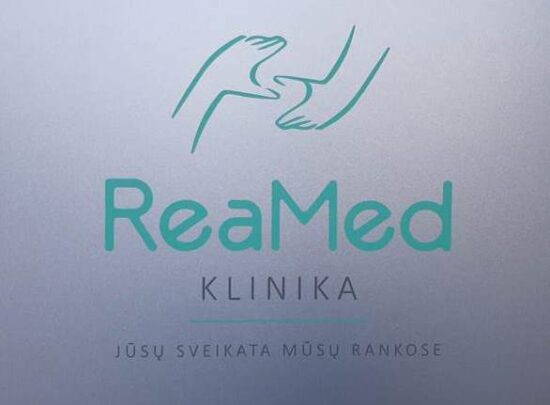
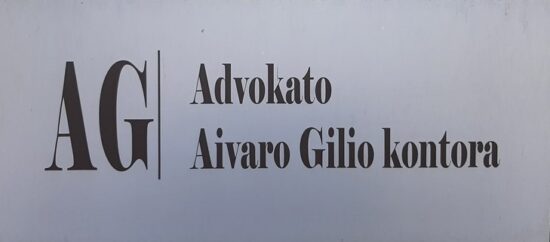

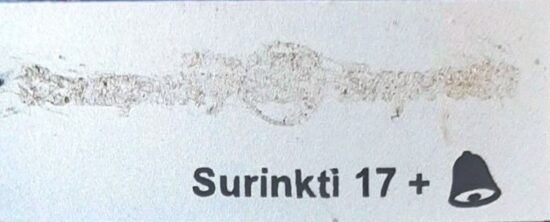

◊
Street images from within the sacred space of the Old Vilna Jewish Cemetery:
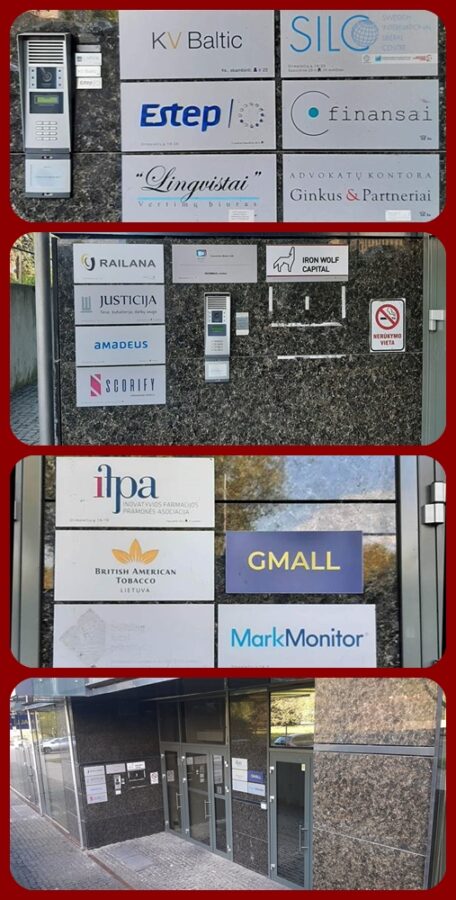
◊
The ‘respectful cemetery restoration’ planned for the Soviet eyesore in the rest of the Old Vilna Jewish Cemetery?
